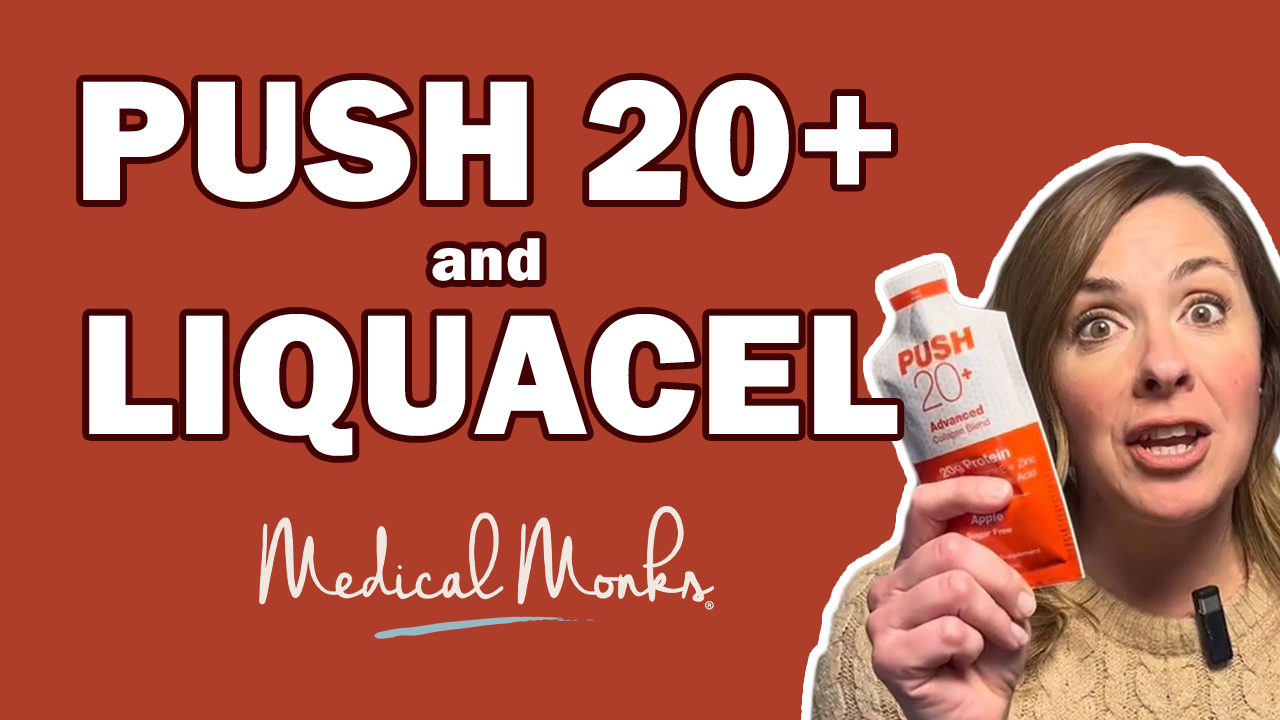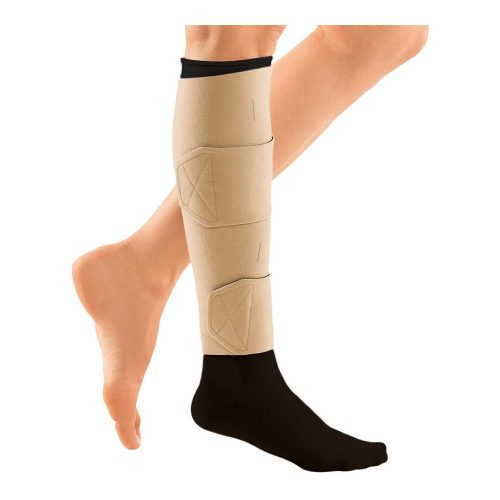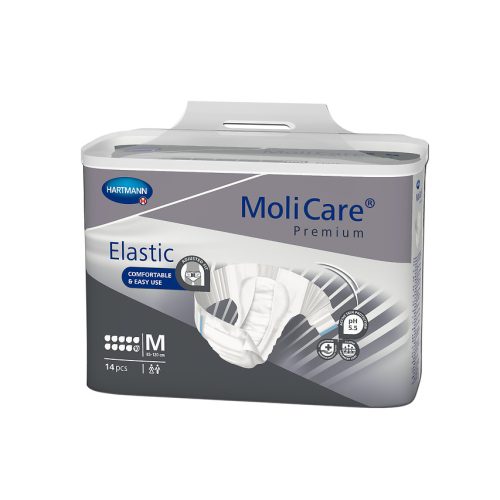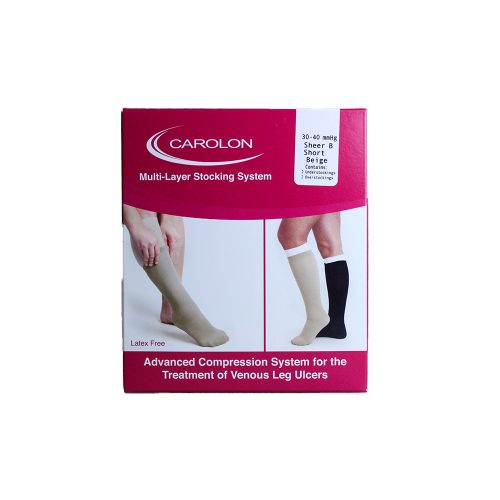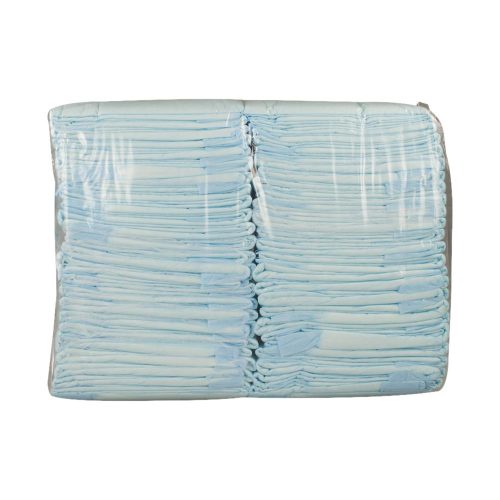Ever felt like you’re trying to breathe through a straw? That’s can be a common occurrence for folks with asthma or COPD. People with these conditions know that fight for air all too well. But here’s a breath of fresh hope: Nebulization!
With nebulizers delivering medicated breathing treatments straight into the lungs, breathing can become less of a battle and more…well…normal.
Let’s take a deep dive into the benefits of nebulization for managing asthma and COPD. We’ll also draw comparisons with inhalers, another key player in our respiratory health toolkit, to give you all the details you need.
Understanding Nebulization for Respiratory Health
Nebulization breathing treatments can be a huge help to those dealing with respiratory conditions like asthma and COPD (Chronic Obstructive Pulmonary Disease). It’s akin to turning liquid medicine into mist, making it easier to inhale directly into the lungs.
The breathing treatments allow medication to reach your airways more quickly and efficiently than traditional methods. Think of it like taking a highway instead of backroads on your daily commute.
A key benefit is faster and more effective relief during an asthma attack or COPD flare-up while also helping with overall respiratory health maintenance.
The Role of Nebulization in Asthma Management
When asthma flares up, your airways get tight and breathing becomes tough. That’s where nebulizers step in to help. These devices turn liquid medicine into a mist that you breathe directly into your lungs.
Nebulization therapy lets the medication take a direct route to your respiratory system, which makes it more effective than oral drugs. It works fast too – providing relief from wheezing and shortness of breath within minutes.
It’s like having an expressway for medications right down to the troubled areas. But remember, always talk with your healthcare provider before starting nebulizer treatments as part of managing your asthma.
Nebulization Benefits for COPD Patients
For those with COPD, nebulization offers an invaluable opportunity to regain their breath. It can be tough to breathe when your lungs are under siege, but this treatment gives you the help you need.
The key lies in how nebulizers work. Nebulizers break down liquid medication into a fine mist that can be breathed in directly, quickly providing relief from symptoms such as wheezing and difficulty breathing.
This process is more efficient than traditional inhalers because it lets the medicine get deeper into your airways. The result? More oxygen flowing through your body, less fatigue, and ultimately – better quality of life.
Comparing Nebulizers and Inhalers
When selecting a device to deliver medication for respiratory conditions such as asthma or COPD, it can have an immense impact. Two popular choices are nebulizers and inhalers.
Nebulizers transform liquid medicine into a fine mist that’s easily inhaled directly into your lungs. This method lets you breathe normally during treatment, which is great if you’re short of breath or find inhalers difficult to use.
In contrast, inhalers require more coordination as they release medicine in quick bursts. But they’re portable and faster at delivering doses compared to nebulizers.
Your choice between an inhaler or a nebulizer will depend on various factors including ease of use, transportability, effectiveness for your specific condition, convenience, cost, and personal preference. Of course, talking to your healthcare provider as to which option is best is also a key determinant.
Potential Side Effects and Risks of Nebulization
Like any treatment, nebulization has potential side effects. Mild reactions, such as coughing, sore throat, or an unpleasant taste in the mouth may occur. While these reactions are typically mild, it’s important to be aware of them.
But there’s more to consider than just immediate side effects. Some people might experience a faster heartbeat or jitteriness due to certain medications used during nebulization treatments for asthma or COPD. If you notice this, then contact your healthcare provider and let them know of your symptoms.
Also, if you’re using a home nebulizer, cleanliness is crucial as improper cleaning can lead to infections. Follow the directions on switching out your nebulizer sets and clean them according to the specific instructions or best practices, such as the steps shown by the American Lung Association.
Practical Tips for Using a Nebulizer
Maintaining your nebulizer is key to effective treatment. Regularly cleaning and replacing parts like the mask or mouthpiece, tubing, and medication cup will help keep it in top shape.
You’ll get more from each session if you sit up straight during treatments. This position lets the mist reach deep into your lungs where it can do its work best.
Also, try not to rush things. Taking slow breaths helps make sure that the medicine has time to settle in your airways.
Shop Nebulizers & Supplies at Medical Monks.
For those seeking to gain command of their respiratory well-being, a nebulizer can make all the difference. These devices turn liquid medicine into mist, letting patients with conditions like asthma and COPD breathe easier.
At Medical Monks, we offer a variety of top-notch nebulizers, masks, sets, and accessories for your respiratory health needs. We know how important it is to have reliable equipment when dealing with breathing challenges.
We invite you to visit our website for further guidance and any inquiries you may have. Our team is committed to providing assistance, offering valuable insights, and guiding you to solutions that are best suited to your specific needs.
For more information on how we can support a smoother post-operative recovery, please feel free to reach out to us. We have options where you can call, text, email, or chat with a member of our team to answer any questions you may have.

The MEDICAL MONKS STAFF brings to the table decades of combined knowledge and experience in the medical products industry.
Edited for content by ADAM PAGE.


